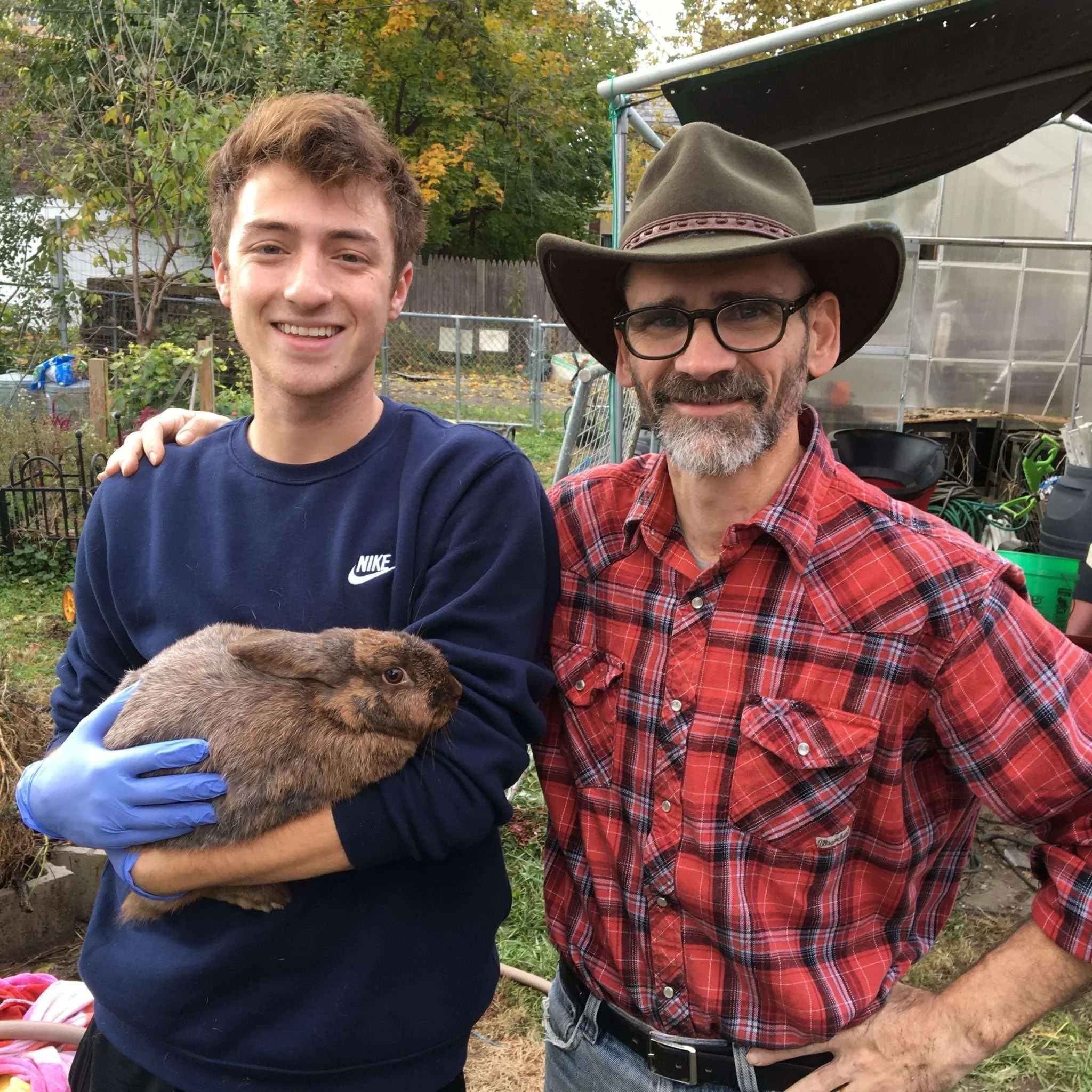Design Challenge: Why Do Animals Panic?
Design Challenge: Why Do Animals Panic?

In this Design Challenge: why do animals panic? we explore the factors that cause animals to panic. These will include the animal's psychology, vision system, living habits, and social orders. Let's dig in and learn about these animals!
The Basics of Animals
All animals react on instinct and basic awareness of their general environment. The placement of the eyes and ears makes a big difference as well. Their diet will influence their tendency to panic as well.
Birds see things quite differently from mammals like you and me. Their eyes evolved to sense mostly motion. This is why you will often see chickens or ducks bobbing or turning their heads.
Chickens prefer roosting in higher areas or being under cover. They prefer to look down over looking up. They feel most comfortable when they are in a tight confine with clear vision in front of them and nothing behind.
Ducks see slightly better, but still rely mostly on movement recognition. Their eyes are more bulbous (rounded) so they have better peripheral vision than say chickens. Their long necks make swiveling to see in wider arcs easier for them as well.
Rabbits are also instinctive animals and their metabolism (like birds) is very high - so their hearts beat very fast. Rabbits can see most color, but still rely heavily on sensing motion over objectively seeing something and recognizing it. A rabbit will always head towards darkness over bright, open areas.


